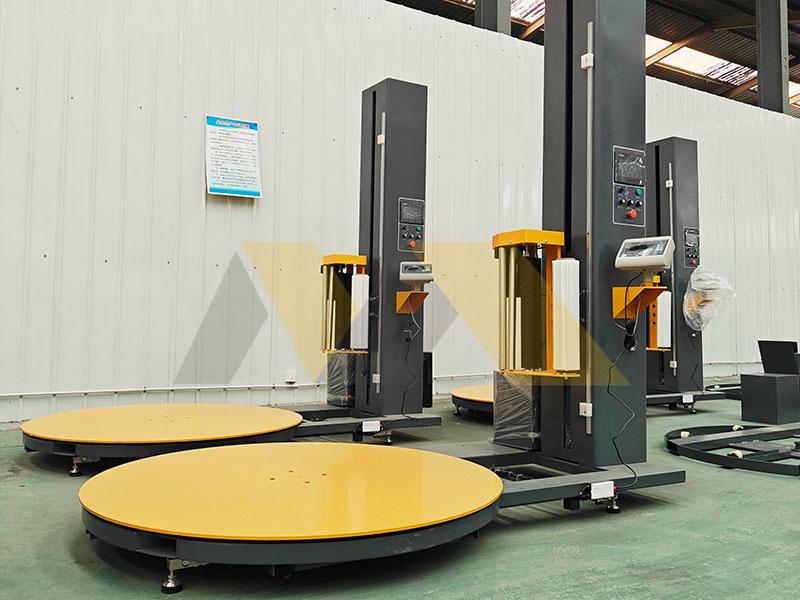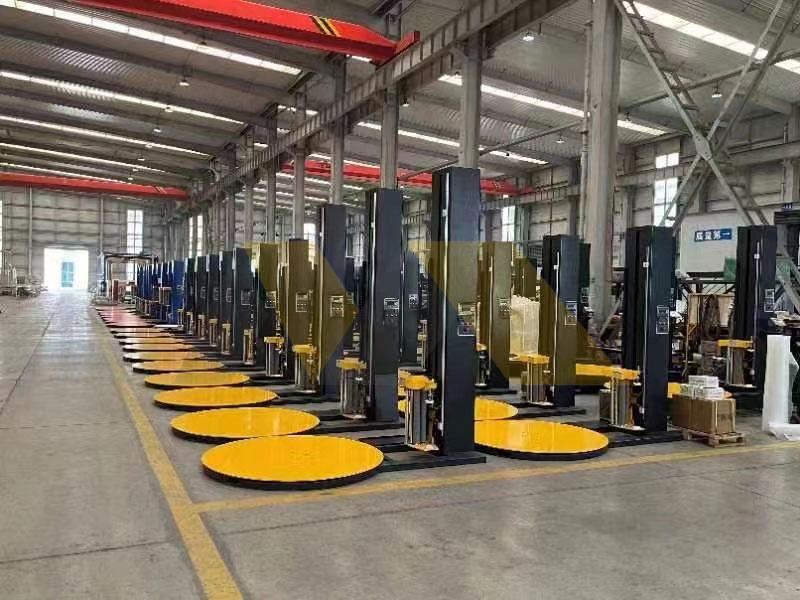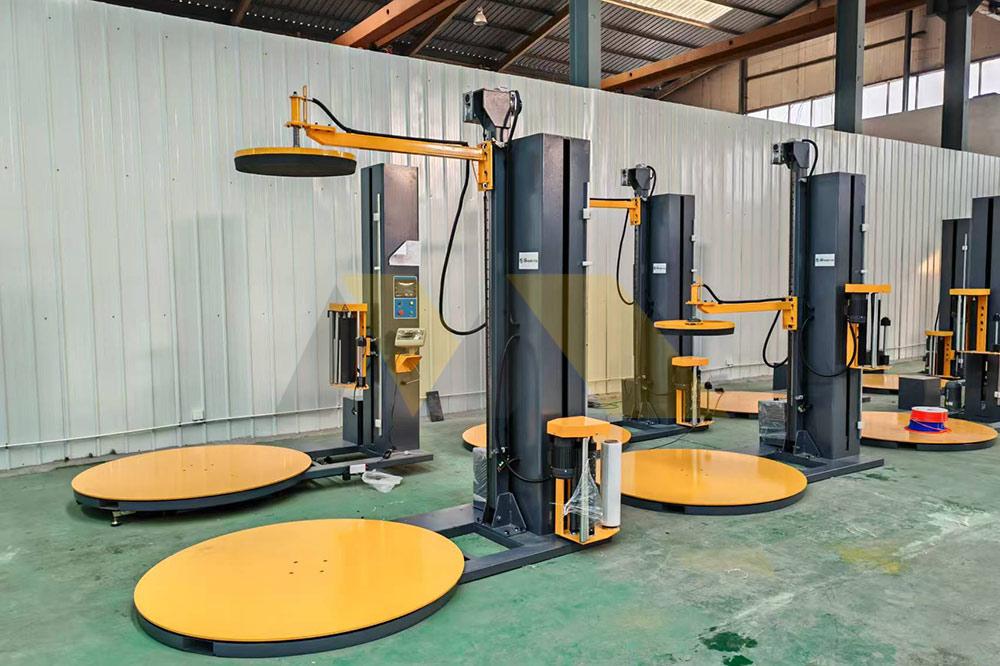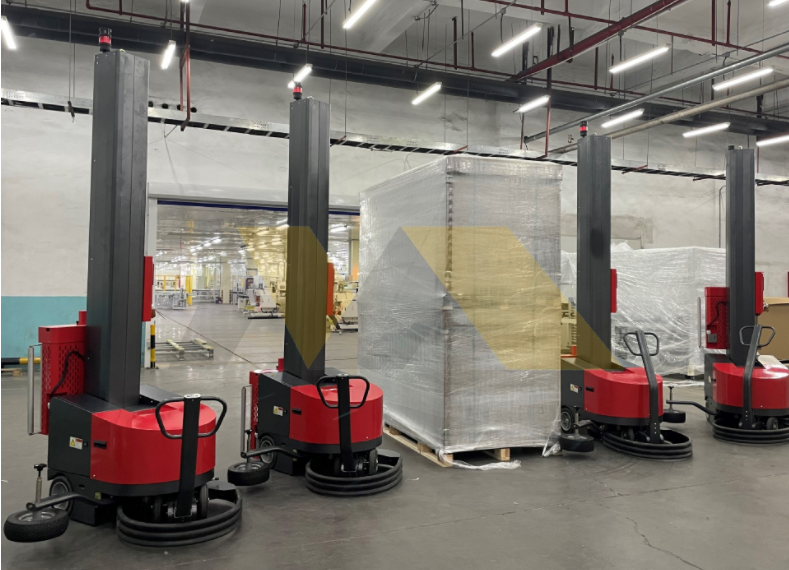Struggling with unexpected shutdowns and cardboard waste bills? Poor equipment choices drain profits silently. See why smart buyers evaluate beyond price tags.
True case erector costs include hidden expenses: premium machines deliver 86% fewer breakdowns and 37% less cardboard waste – saving $210,000+ over 5 years versus budget options.
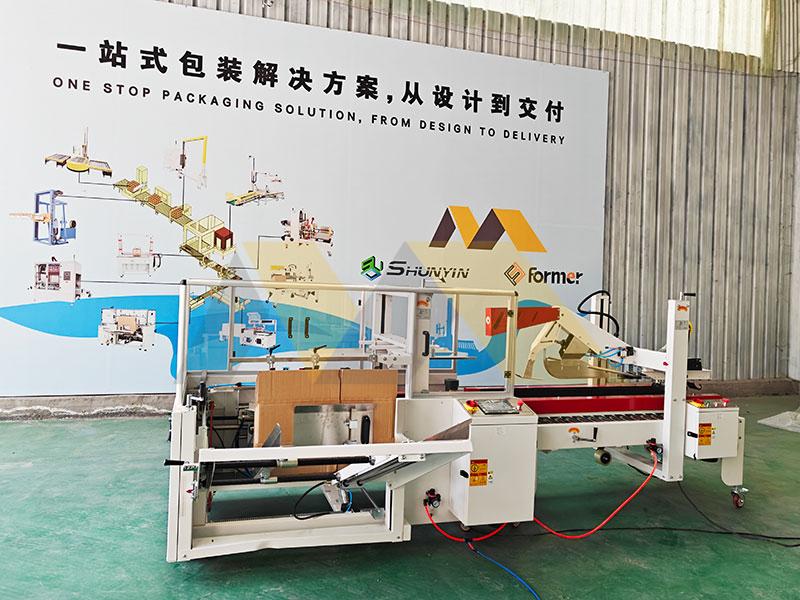
After helping 300+ factories optimize packaging lines, I’ve identified key decisions impacting your bottom line. Let’s dive in.
Automatic Case Erector for Packaging Lines
Experiencing inconsistent bottle fill levels? Carton jams forcing line stoppages? Your equipment synchronization is costing more than you realize.
Automatic case erectors maintain ±0.05s timing accuracy with downstream equipment – critical for packaging integrity across 1500+ boxes/hour while reducing labor costs by 78% versus manual alternatives.
Beyond basic functionality, our clients report stabilization benefits involving whole systems:
Line Synchronization Mechanisms
- Optical registration sensors matching filler speeds
- Shock-absorbing conveyors preventing product damage
- Fail-safe emergency stops communicating with upstream equipment
Total Impact Assessment
| Traditional Line | Auto-Case Integrated Line | Financial Benefit |
|---|---|---|
| 22 minutes/hour changeovers | Continuous operation | +23 production days/year |
| 5.7% misaligned packaging rejects | 0.3% precision errors | $127,000 annual savings |
| 4 operators per shift | 1 technician monitoring | $192,000 labor reduction |
A Singapore detergent plant increased output by 42% after retrofitting our MyWay AutoSync. Ready for line calibration? WhatsApp us direct diagnostics now.
Case Erector for Food and Beverage Industry
Finding unexpected contamination risks? USDA violations from cardboard debris? Sanitation compliance starts with equipment design.
Food-grade case erectors feature sealed motors (IP69K), FDA-approved materials and rounded corners preventing bacterial buildup – reducing deep cleaning time by 85% while eliminating sanitation fines averaging $34,000 annually.

Specializing in FMCG solutions, we’ve identified critical hygiene protocols:
Contamination Prevention Systems
- Automatic UV sterilization during production downtimes
- Tool-free access panels permitting 6-minute cleaning cycles
- Detection sensors halting operation when seal integrity fails
Compliance Assurance Breakdown
| Food Safety Element | Standard Equipment Risk | Food-Grade Advantages | Hazard Reduction |
|---|---|---|---|
| Material Contact | Porous alloys | 316 Stainless steel surfaces | 97% bacterial |
| Fluid Exposure | Uncapped bearings | Washdown-proof wiring | 100% protection |
| Lubrication | Industrial grease | NSF H1 food-safe oils | Elimination |
Frozen food plants in Osaka achieved year-round USDA approval post-upgrade. Submit your HACCP requirements for custom solution blueprinting.
Case Erector Machine ROI: Worth the Investment?
Seeing spreadsheet projections for $62,000 machines? Remember that $132,000 annual losses lurk on production floors. Calculate the real numbers.
Premium case erectors pay back within 14 months: reduced $38,000 cardboard waste, $47,000 avoided downtime penalties and $91,000 labor optimization create sustainable ROIs exceeding 280% over 5 years.
Through 47 supplier transitions, we’ve documented three financial realities:
True Cost Computation
- Acquisition Price: 28% of TCO
- Operational Savings: 46% (labor/waste/downtime)
- Opportunity Costs: 26% (lost capacity/fines)
Investment Comparison Matrix
| Expense Category | Budget Machinery | Premium Equipment | Net Savings |
|---|---|---|---|
| Purchase Price | $31,000 | $55,000 | -$24,000 |
| Yearly Maintenance | $18,700 | $6,300 | +$12,400 |
| Cardboard Waste | 9.2% material | 1.1% material | +$41,000 |
| 5-Year Return | 38% | 284% | $190k difference |
Canadian coffee producers recouped investments in 11 months. Email your last production report for personalized savings simulation.
Semi-Automatic vs Automatic Case Erector
Frustrated by either inflexible automation or handling bottlenecks? The ideal solution balances present needs with future growth.
Semi-autos handle low-volume flexibility (15SKUs/day) at $14k-$22k while automatics dominate 100+ SKUs through AI recognition – but hybrid systems blending both approaches reduce initial investment while delivering 92% operational uptime.
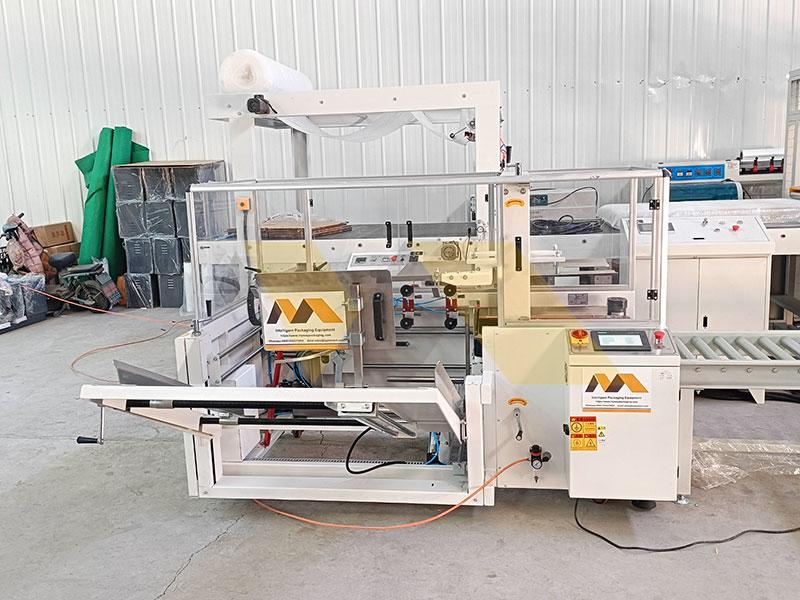
Production volatility requires adaptive solutions. Evaluate your operation using these benchmarks:
Operational Scenario Matrix
| Production Parameter | Recommended Format | Justification |
|---|---|---|
| Daily Volume < 1500 units | Semi-Auto | Optimal labor utilization |
| Unpredictable order spikes | Semi-Auto + Auto Buffer | Demand surge accommodation |
| Strict Hygienic Protocols | Closed Automatic Module | Washdown compliance |
Transition Pathway Analysis
| +——————————————————————+ | Growth Path | Semi-Auto Start | Full Automation | Hybrid Advantage |
|---|---|---|---|---|
| Initial Investment | $17,600 | $62,000 | $34,800 | |
| Flexibility Period | 38 months scalable | Permanent commitment | Customized transition | |
| Labor Usage | 2 operators/shift | 0.5 technicians | Adaptable allocation |
+——————————————————————+
Seventy percent of SMEs choose modular growth paths. Share your 3-year forecast for optimal configuration mapping.
Conclusion
Calculate entire lifecycle costs: premium case erectors continuously generate savings that cheap alternatives never achieve.

